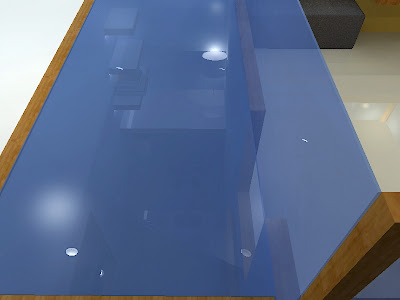Notes to Ponder:
Hydrotherapy: A method of manipulating water in order to treat diseases, ease pain, and restore health. It is successful because it is a natural way to stimulate the human body’s own healing force.
Baths are named according to the part of the body to which the fluid is applied, and the mode of its application.
Semicupium- only the lower half of the body is immersed
Pediluvium- Foot Bath
Manuluvium- Hand Bath
Hip- Seat Bath
A hip bath is a specially designed type of bath tub which is intended for the bather to sit upright, as though in a chair.
Manner of Application:
Immersion- Of the Naked Body
Affusion- Pouring Water over the Body
Two types of Affusion:
Shower Bath: Water Placed Above the body to flow like rain
Spout Bath: Projection of Water with some forces
Ablution: Washing the Skin with a wet Towel, Or Sponge.
Cold, Hot, and Warm Temperature:
Cold Water: Cold is stimulating, and it causes superficial blood vessels to constrict. Less Blood Flow to the Organs
Hot Water: Relaxing, causes blood vessels to dilate, and removes wastes from body tissues.
Warm Water: Circulatory and Nervous System: Soothing Influence. There is a feeling of ease and well being as well as mental and physical readiness.
Alternating Temperatures: Increases blood flow and circulation
Sources: 'Dietetical and Medical Hydrology'

The Nile: The Gift of Egypt
-The longest river in the World: 6650 Kilometers
-Derived from Greek, Neilos (valley).
The Importance of the Nile:
It is safe to say that the Nile was the backbone of Ancient Egyptian civilization. Its cycle of flooding not only shaped the land, but the cultivation as well. People were nearly fully dependent on the river and what it had to offer.
Flood Season:
Annually, from July to October, the Nile floods. Topsoil is the product of silt deposits and the cycle of flooding. As the water recedes, nutrient rich soil is left behind, thus providing fertile soil to plant in.
Lifeline:
Among many things, the Nile was used for:
Agriculture: the fertile strip along the Nile was the only source of suitable soil
Line of Communication from other Areas
Transportation
Drinking Water
Bathing
Religious Purposes
Sources:
































